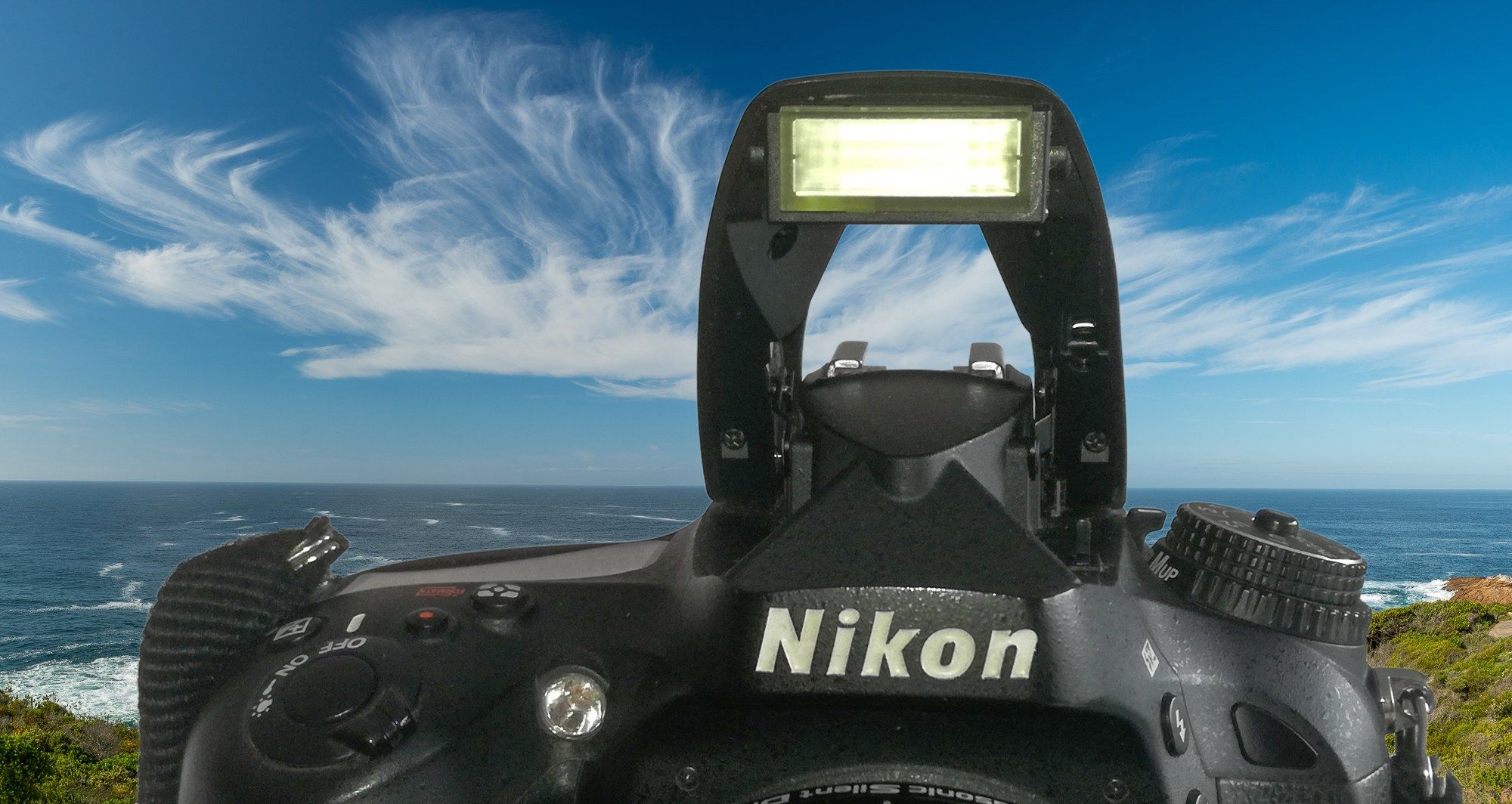Introduction
Have you ever seen someone using a camera’s pop-up flash on a sunny summer day and thought to yourself, ‘What the… does this guy know what he’s doing?’ I have, at the beginning of my photography venture. As time passed by, I realized that these guys actually had a point. There was the logic behind their madness.
Am I saying that a pop-up flash is useful after all? Oh yes, you bet. In fact, I believe that we totally underestimate the worth of the pop-up flash, and therefore we sometimes unknowingly settle for images that could have been of a higher standard (out of camera).
I believe that we totally underestimate the worth of the pop-up flash, and therefore we sometimes unknowingly settle for images that could have been of a higher standard.
There’s a saying among photographers: “The best camera is the one you have with you.” Well, I want to add to that: “The best flash is the one you have with you.”
Why am I saying this? Well, any flash is better than no flash when you need it. That includes the pop-up flash. Of course, it can never match the power of a Speedlite or studio strobe, but other than that their advantages are the same. The main difference between your pop-up flash and a Speedlite becomes evident as you move further away from your subject.
What will you learn in this guide?
In this guide, we will have a look at whether the pop-up flash is useful or not and what it is useful for. We will also look at its shortcomings.
Recommended Reading: If you’d like to learn how to use your flash unit for better photography, grab a copy of Photzy’s Electronic Flash – Parts and Practices premium guide.
How Is the Pop-up Flash Useful?
1. You Always Have It With You
This is, in fact, an advantage above speedlites and strobes. One of my biggest dislikes of mirrorless cameras when they were still in their infant development stages, was the absence of pop-up (or built-in) flashes. It looks like this madness is being phased out in more recent mirrorless releases, though, as pop-up flashes are slowly making their comeback in some of these bodies.
Some mirrorless cameras come with a small external flash instead of a pop-up flash – simple proof of how important this little component is to photographers and how seriously they demanded its return.
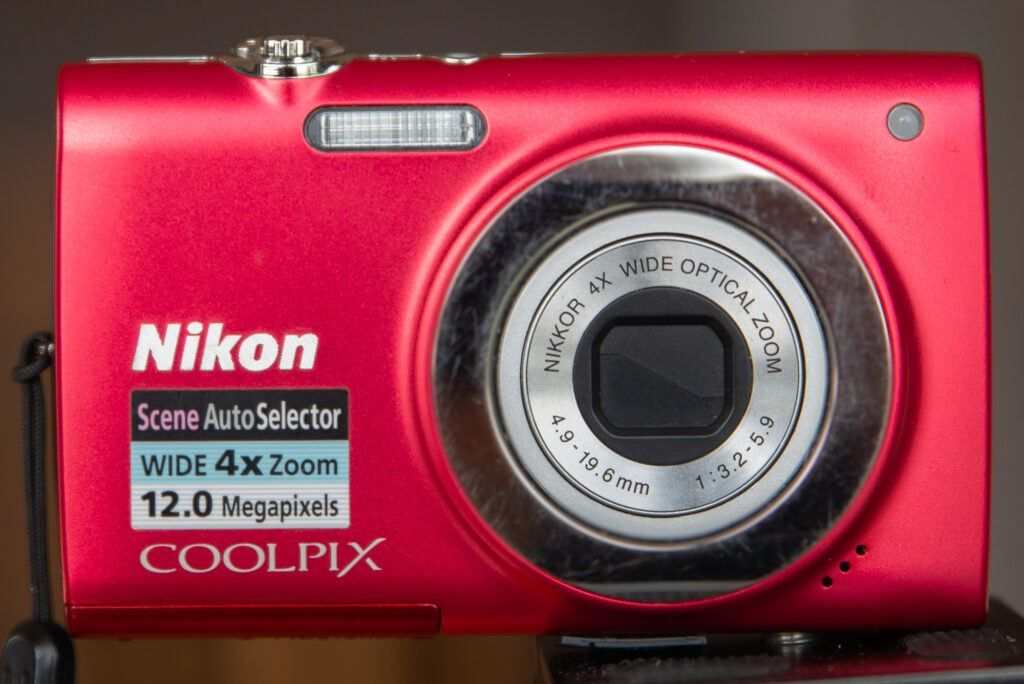
Photograph by Tobie Schalkwyk
Some cameras do not have pop-up flashes, but they do have built-in flashes. Everything that applies to pop-up flashes also applies to built-in flashes.
2. No ‘Extras’ Needed
No extras are needed, such as batteries, stands, and other accessories.
3. It Is Small and Light
You don’t even know it’s there. You simply press a button to pop it up and you push it down into its pre-built slot when not needed.
4. It Can Be Used as Fill Flash
This is particularly true when shooting in sunlight. You never want a subject to squint their eyes when looking into the sun. Rather, let them turn around and use a flash to light up their shaded faces while keeping the correct exposure for the background.
This is even handy when your subject’s face is only partially lit up by the sun. The flash prevents stark contrast between the shadows and sunny parts.

Photograph by Tobie Schalkwyk
In this demo, the first image was taken without flash and the second with the pop-up flash. Afterward, I imported the first image into Lightroom and tried to fix the shadows by dragging the Shadows slider to the right. It only lit up the background a little, but it made no difference whatsoever on the girl’s skin. So, a lot of unnecessary post-processing would be needed to fix this issue. All this extra effort could have been saved by using the camera’s pop-up flash.
Ironically, the ‘better’ lit image was the one with her eyes closed and she refused to pose for another. It proves how important it is to get it right the first time!
5. It Allows You to Expose For the Background
Sometimes when exposing to a dark/shaded subject, a lighter background becomes totally overexposed. The flash allows you to expose the background as it will light up the subject to an acceptable degree.
6. It Enhances Colors
Sometimes when exposing to a darkened/shady subject, the result appears to be a little dull. Of course, this can be corrected in post-processing, but the flash makes this unnecessary, or at least easier.
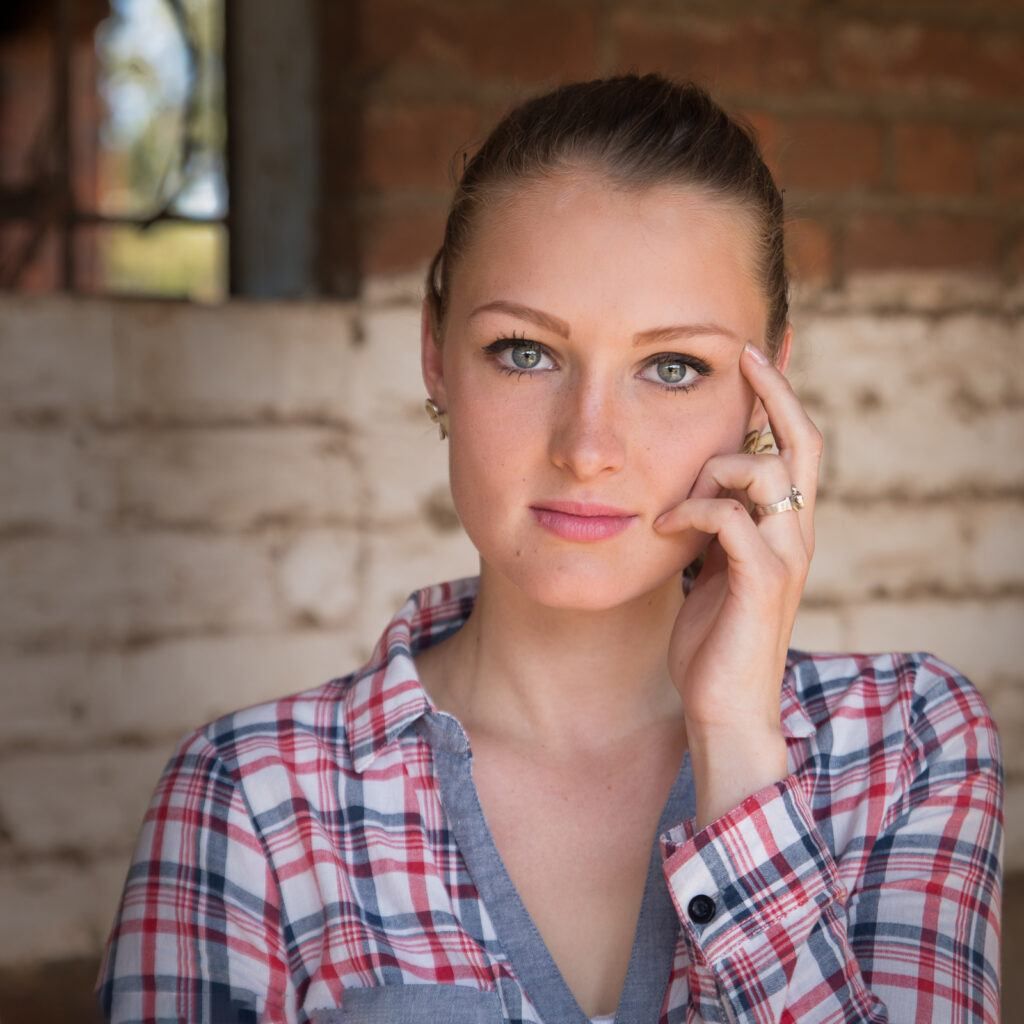
Photograph by Tobie Schalkwyk
7. It Freezes Your Subject
One of the disadvantages of a pop-up flash is that it usually limits your shutter speed (automatically) to somewhere between 1/200s and 1/300s. That is not a problem if your subject is within your flash’s range, though, as the short time span of your on-camera flash has a freeze (focused) effect on your subject.
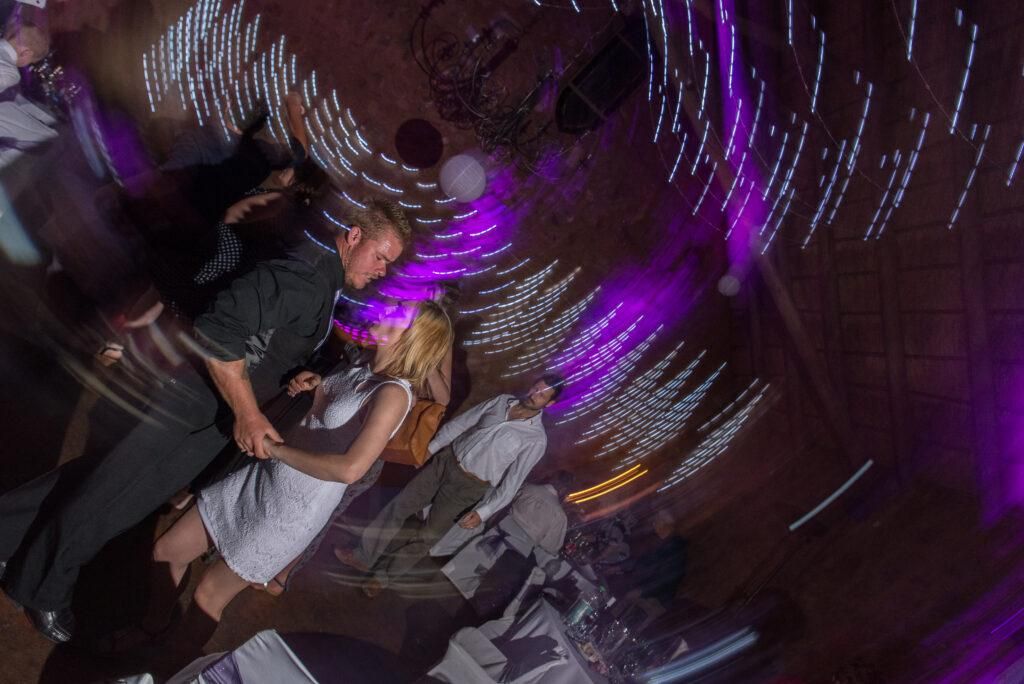
Photograph by Tobie Schalkwyk
In fact, photos with freezing effects are actually taken at even slower shutter speeds to combine it with shutter drag (the image above was taken at 1/20s). ISO was dialed up to 1600 to expose the background.
You can use the flash to achieve a similar effect in other areas, such as when photographing a bee or hummingbird hovering by a flower.
8. It Adds Catch Light
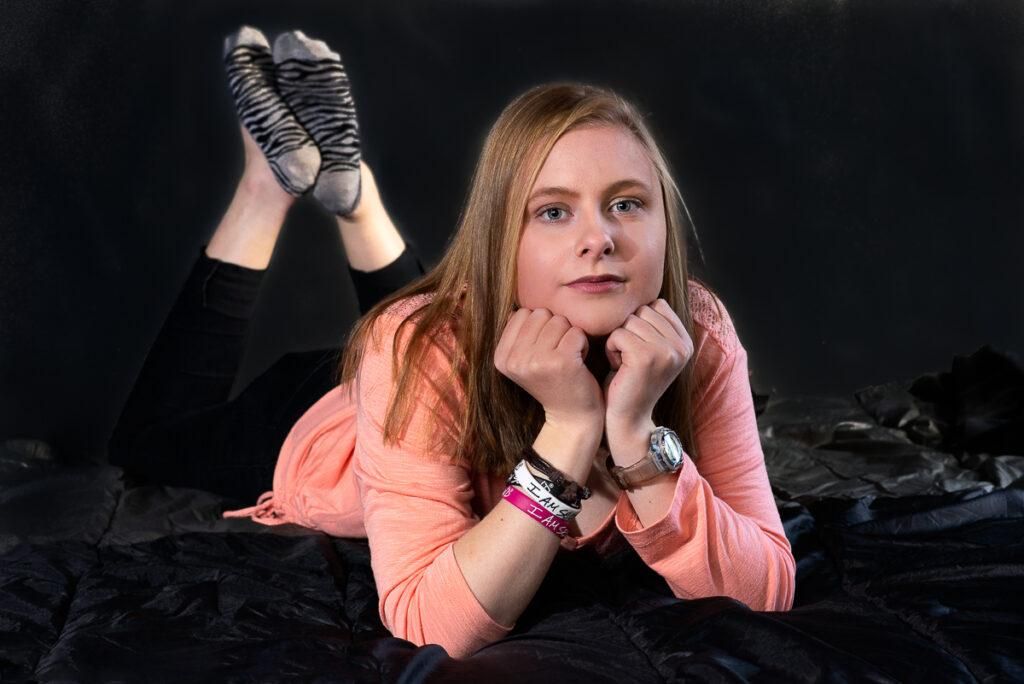
Photograph by Tobie Schalkwyk
Catchlight in a subject’s eyes is always beautiful – it adds ‘life.’ Human subjects look straight into your camera more often than not during portrait photography. Your pop-up flash is thus ideal to add catch light to their eyes.
Key Lesson: Is a camera’s pop-up flash useful? Absolutely! Does it have its limits? Definitely!
Never underestimate its usefulness, though! An image showing just a little more light coming from your pop-up flash on your LCD screen may show a huge improvement in terms of the addition of noise as you adjust the exposure during post-processing. It may also eliminate the need to adjust the ‘warmth’ of your subject.
Disadvantages of Pop-up Flashes
One can argue that the disadvantages of pop-up flashes are irrelevant in terms of this guide, but I feel that I’d like to mention them. Maybe it would serve to motivate you to get an external flash (Speedlite/strobe).
1. Its Beam Is Not as Strong As Those of External Flashes
Due to its small size compared to that of a Speedlite or strobe, pop-up flashes send out much less light than its external cousins. It is most useful up to about 2m (6’6”) from your subject at 100 ISO. You can stretch it to about 5m (15’) by raising the ISO.
Note: Some cameras allow you to set the strength of your flash but by default, they are already set at Full Strength. The settings are used to lower the beam strength, rather than to strengthen it. I can hardly think of any situation where I’d like to use this. It’s much easier to give a step forwards/backward as and when needed to adjust the amount of flash reaching my subject.
2. It Cannot Be Reflected
Due to a pop-up flash’s inability to swivel, its beam cannot be bounced from a reflecting object next to/behind/above you. Its weaker beam strength does not allow for that, regardless.
3. It Cannot Be Diffused
Pop-up flashes’ size, build, and weaker beam make it unsuitable for the use of a diffuser.
4. It Has No Zooming Features
Most reputable speedlites have zooming features. They automatically adjust the spread of your flash beam, based on your zoom lens’s selected focal distance. You can actually hear the speedlites zooming mechanism making physical adjustments as you adjust the focal distance on your lens.
Most reputable speedlites have zooming features. They automatically adjust the spread of your flash beam, based on your zoom lens’s selected focal distance.
Your pop-up flash’s spread is static, without any moving parts. This has a hidden advantage as it’s simple to ‘adjust’ the strength of your pop-up flash by simply moving one or two steps towards or away from your subject.

Photograph by Tobie Schalkwyk
Key Lesson: Pop-up flashes do have their limitations, but that does not make them useless. If that had been so, then a lot of manufacturers would have phased them out long ago. Instead, some of them who have tried that re-introduced them in later models. Why? Because they certainly have their uses and photographers insist on having them!
Recommended Reading: If you’d like to learn how to use your flash unit for better photography, grab a copy of Photzy’s Electronic Flash – Parts and Practices premium guide.
Summary
Is a pop-up flash useful? Absolutely so! In fact, I believe that photographers should change their default thinking from “Will my pop-up flash add value in this situation?” to “Should I disable my pop-up flash in this situation?”
ALWAYS use your pop-up flash with ALL your photography (or a stronger light source, if you have it with you), unless you have a good reason NOT to do so – or you are 100% certain that it won’t add any value (such as photographing an object too far away).
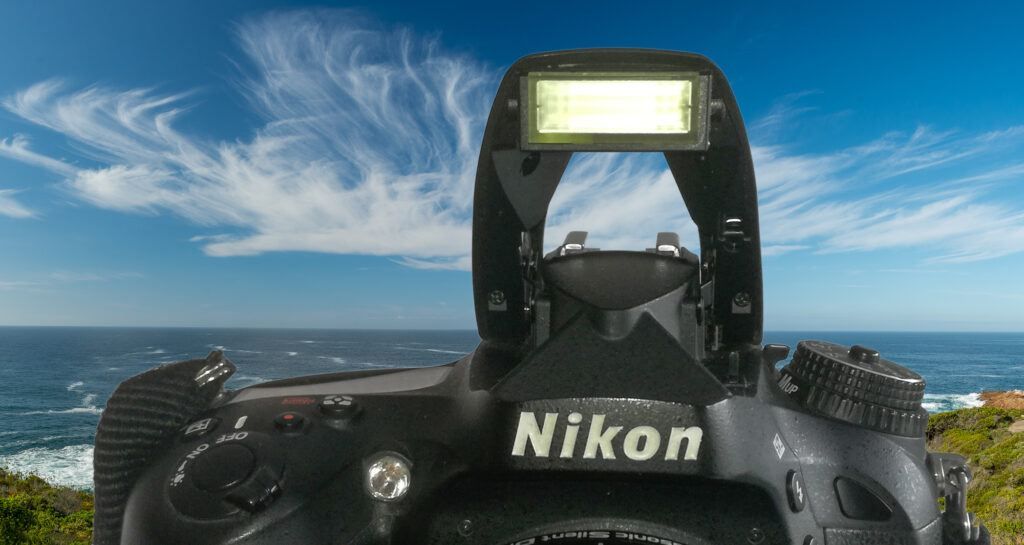
Photograph by Tobie Schalkwyk
If in doubt, then use it. Rather be safe than sorry. I can guarantee you that there will be instances where you will be glad that you’ve used it. It’s there for a reason and it’s free, so why not use it?
Just a last remark: as handy as a pop-up flash maybe, its limitations should be enough reason for you to purchase a stronger light source such as a Speedlite. It is light and most camera bags have enough space to always pack it. Don’t even think about it – just get it. If you don’t have one, though, don’t forget about your pop-up flash!
Self-Check Quiz:
- Name the number one reason why you would consider using a camera’s pop-up flash.
- Name one instance where you would disable your camera’s pop-up flash.
- What is the easiest way to adjust the strength of the light from your pop-up flash reaching your subject?
- What is the most important difference between a pop-up flash and a Speedlite/strobe?


